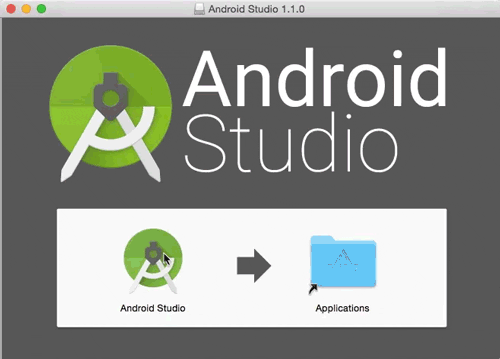

- #Mac web server default locations for files manual#
- #Mac web server default locations for files pro#
Ensure your applications are protected and can only be accessed by specific, authenticated users.

#Mac web server default locations for files manual#
This manual describes Shiny Server Professional, which offers, among other things, the following additional features:
Ensure that R processes that crash or are terminated automatically restart for the next user requesting the application. Enable system users to develop and manage their own Shiny applications. Support web browsers that don't support WebSocket, including Internet Explorer 8 & 9. Host multiple applications simultaneously, each at its own URL. These features allow the administrator to: Using Shiny Server offers a variety of benefits over simply running Shiny in R directly. Shiny Server can manage R processes running various Shiny applications over different URLs and ports. Shiny is an R package that uses a reactive programming model to simplify the development of R-powered web applications. Shiny Server enables users to host and manage Shiny applications on the Internet. 7.4.7 How Can I Set The trusted_ca For My LDAP Server Over SSL?. 7.4.6 Can I Bulk-Import in Flat-File Authentication?. 7.4.5 When I open a lot of Shiny Docs at once in Firefox, why do some not open?. 7.4.4 How Do I Translate My 'application' Settings to Nested 'location's?. 7.4.3 Can I Deploy Shiny Server on an Isolated Network?. 7.4.2 Does Shiny Server work on Amazon Elastic Compute Cloud (EC2)?. 7.4.1 What are the hardware requirements for running Shiny Server?. 7.3.3 Upgrading from Shiny Server 0.3.x. 7.3.2 Upgrading from Shiny Server 0.4.x. #Mac web server default locations for files pro#
7.3.1 Upgrading from Shiny Server Pro 1.4.5.x and older.7.1.6 Host an Application Supported by Multiple R Processes.7.1.4 Require user authentication on an application.7.1.3 Run Shiny Server on multiple ports.7.1.2 Let users manage their own applications.6.3.5 Troubleshooting Floating Licensing.6.3.2 License Server Offline Activation.6.3.1 The Shiny Server Pro License Server.5.3.2 Providing Multiple Health-Check Endpoints.5.1.3 Killing Processes and Connections.4.12 Displaying authenticated Shiny apps within iframes.4.4.5 Using Google Auth behind a reverse proxy.3.8.1 Disabling WebSockets on the Server.2.7.3 Host Per-User Application Directories.2.3.2 Running Shiny Server with Root Privileges.Shiny Server v1.5.16 Configuration Reference Shiny Server Professional v1.5.16 Administrator's Guide






 0 kommentar(er)
0 kommentar(er)
